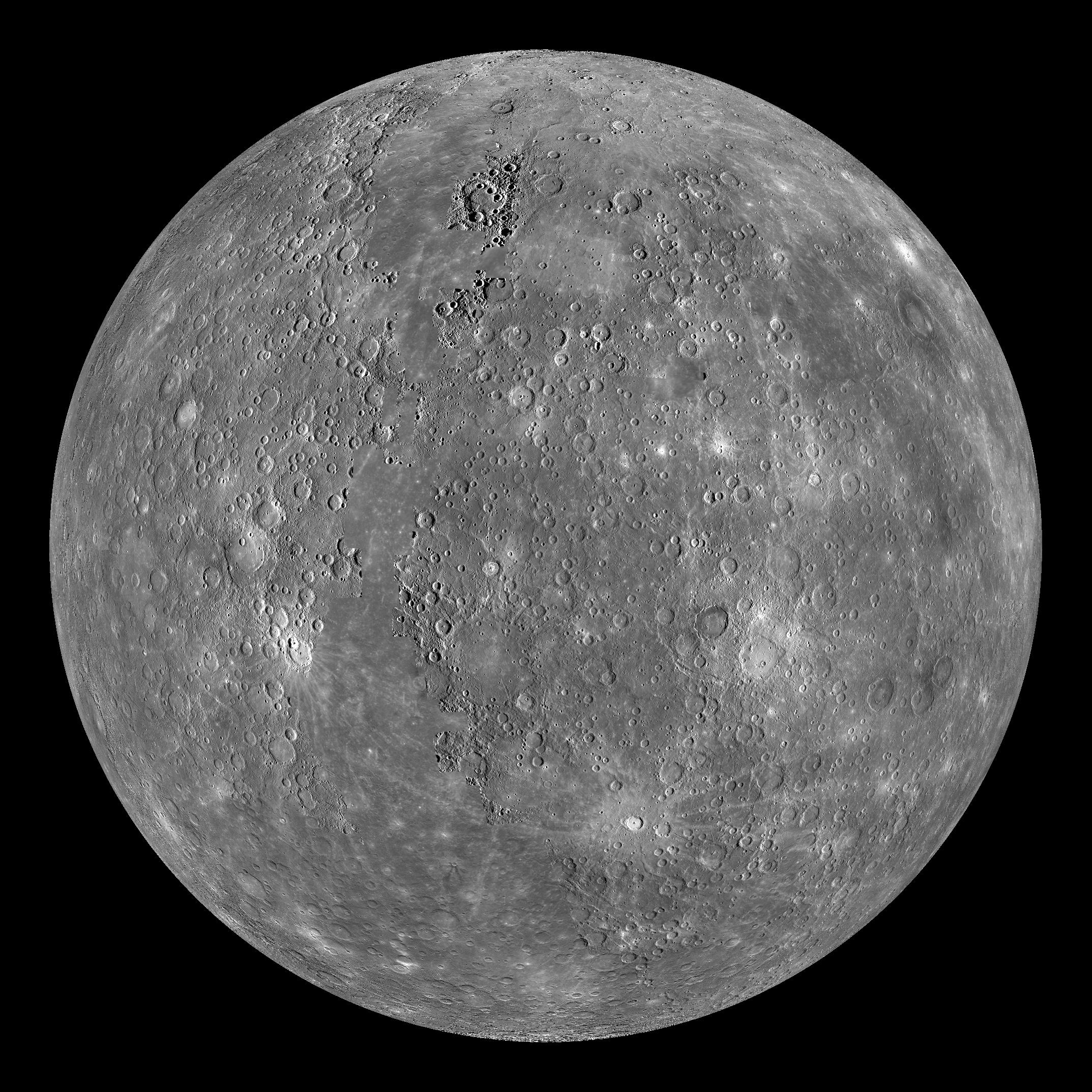
Venus is the brightest planet in the night sky. Ever wondered what makes it so? Its proximity to Earth as well as the way its could reflect light makes it the brightest planet in the sky.
NASA's Magellan mission used radar to image the surface of Venus and Galileo used infrared mapping to view the mid level cloud structure.
What is a transit?
Venus can be seen periodically passing across the face of the Sun. It is called a transit.
These transits occur in pairs where a time period of more than a century separates a pair.
When considering Venus's atmosphere, it consists of mainly Carbon dioxide. The clouds are made up of sulphuric acid droplets. Trace amounts of water can also be found in the atmosphere. The atmosphere traps Sun's heat, therefore its surface temperature is over 470 degrees Celsius. Probes which land on its surface are destroyed in a few hours. Ninety percent of Venus's surface appears to be recently solidified basalt lava. Craters smaller than 1.5 km to 2km do not exist on Venus's surface as smaller meteorites burn up when entering the atmosphere.
Time in Venus!
A Venuslan year is about 225 Earth days long. It's rotational period is 243 days long. (Guess you noticed it! The days are longer than the years!!) Venus had a retrograde orbit which means it rotates from east to west. The Earth however, has a prograde orbit meaning, it rotates from west to east.
Landscape
There are more than 1000 volcanoes on Venus. There are also two highland regions. One of them is Ishtar Terra which is about the size of Australia and it is located in the north polar regions. The other is Aphrodite Terra, which is about the size of South America and it is located near the Equator. The highest mountain in Venus is Maxwell Montes.
Venus doesn't have a magnetic core similar to that of the Earth, The reason is that Venus does not rotate fast enough to create a magnetic field.

